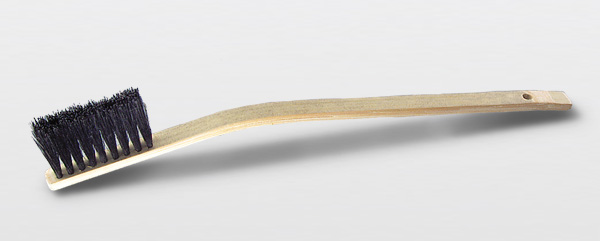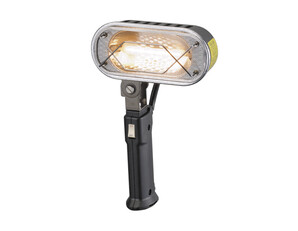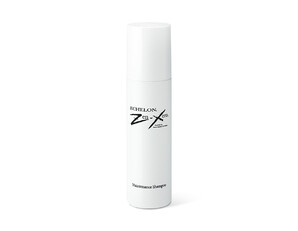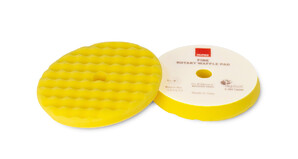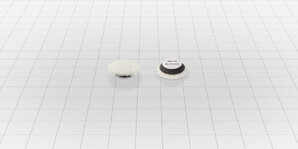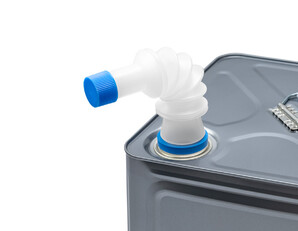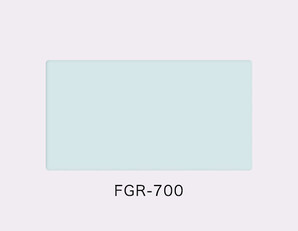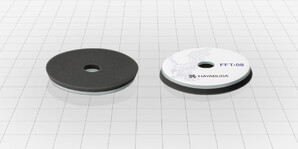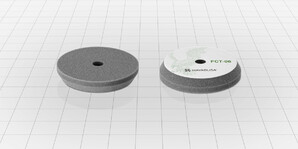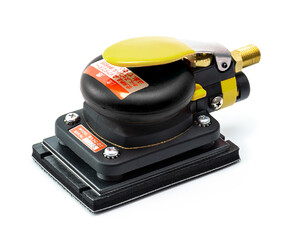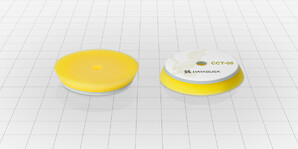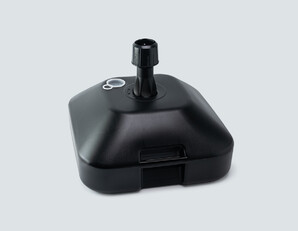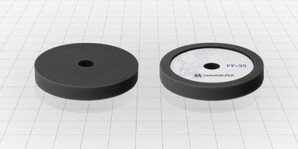
2 rows (A×B×C: 35mm×52mm×320mm)
3 rows (A×B×C: 35mm×58mm×320mm)
4 rows (A×B×C: 35mm×67mm×300mm)
Horsehair (animal fibers)
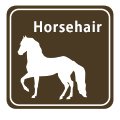
Because they are natural fibers, there is a limit to their length, but these are among the longest animal hairs which can be found. Although they do not have uniform thickness, their material properties can be selected based on use. Also, because the hairs are thick at the base and thinner at the tip, ordinary brushes mix the hairs’ directions to make them uniform. They have greater chemical resistance than synthetic fibers, as well as having good flexibility, elasticity, and antistatic properties. However, acid and alkaline solutions cause them to deteriorate. Horsehair is used as a material for a wide range of brushes, and the part of the animal from which the hair is harvested further serves to subcategorize it. Heat resistance temperature 140°C.
・Tail hair
This is from the tail of the horse. It has little static or friction, and although it is less springy than pig hair, the hairs are long and their thickness is consistent. In most cases where horsehair is used, it is tail hair.
・Mane hair
This is from the mane of the horse. It is highly water resistant and softer than tail hair. It comes in black, white, chestnut, and gray colors, with lengths varying from 6-8 inches.










































